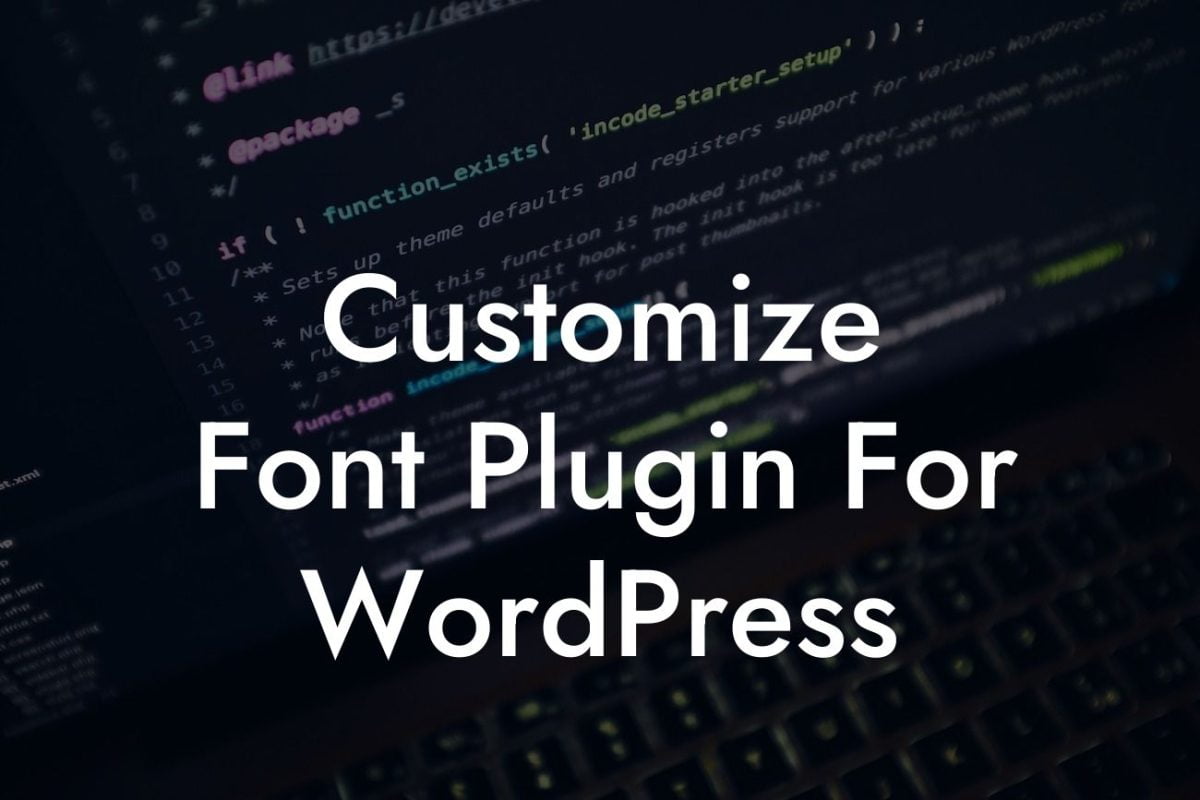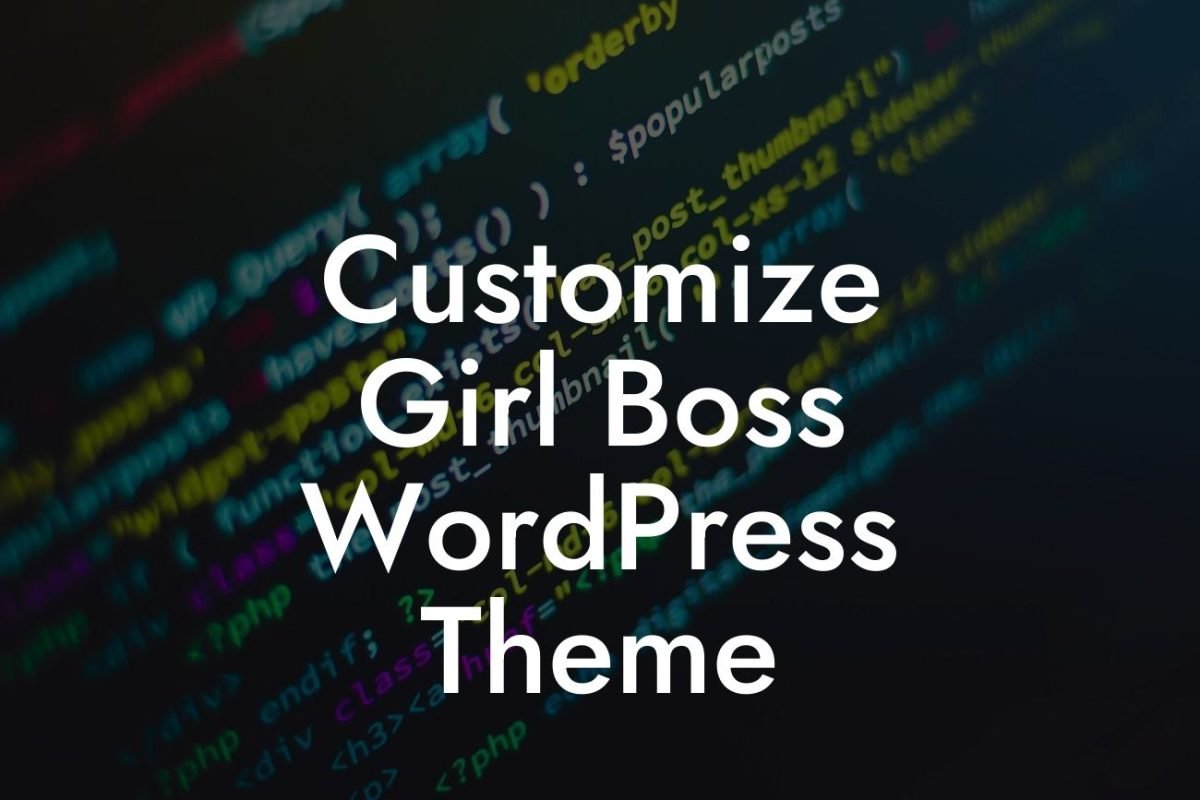Customizing your WordPress pages is essential for enhancing your online presence and making your website stand out from the crowd. With the right customization techniques, you can create a unique and engaging web experience for your visitors, ultimately boosting your business success. In this comprehensive guide, we will walk you through the process of customizing pages in WordPress, offering step-by-step instructions and realistic examples along the way. Say goodbye to cookie-cutter templates and embrace the extraordinary with DamnWoo!
Customizing WordPress pages can seem like a daunting task, especially for small businesses and entrepreneurs with limited technical expertise. However, with the right tools and knowledge, you can easily personalize your website to reflect your brand identity and provide an exceptional user experience. Let's dive into the detailed process of customizing pages in WordPress:
1. Choosing a Theme:
To start customizing your WordPress pages, you need to select a theme that aligns with your brand image and goals. Browse through the extensive collection of themes available on the WordPress platform, both free and premium, to find the perfect match. Look for themes that offer flexibility, customization options, and good support to ensure a smooth experience.
2. Customizing Page Layout:
Looking For a Custom QuickBook Integration?
Once you have chosen a theme, it's time to customize the layout of your pages. WordPress provides a user-friendly interface for arranging and organizing the content elements on your pages. You can easily drag and drop widgets, columns, and blocks to create the desired layout. Experiment with different combinations until you achieve the perfect balance of aesthetics and functionality.
3. Adding and Modifying Content:
The content on your pages plays a crucial role in engaging your visitors and conveying your brand message effectively. Customize your content by adding attention-grabbing headlines, compelling images, and informative text. Utilize suitable H2 and H3 headings to structure your content and make it more scannable. Bullet point and ordered lists can also be used to break down complex information and enhance readability.
4. Utilizing Page Builders:
If you want more control over the customization process, consider using page builder plugins. These tools enable you to create visually stunning pages without any coding skills. Page builders offer a multitude of customization options, such as drag-and-drop functionality, pre-designed templates, and advanced styling features. Explore DamnWoo's collection of awesome plugins to find the perfect page builder for your needs.
Customize Pages Wordpress Example:
Let's say you run a small online boutique selling handmade jewelry. You want your web pages to reflect your brand's uniqueness and elegance. By customizing your WordPress pages, you can create a visually enticing homepage with an eye-catching slideshow featuring your best-selling products. You can also add sections highlighting customer testimonials, a gallery showcasing your craftsmanship, and a contact form to encourage inquiries. Through customization, you can tailor your website to evoke the desired emotions and drive conversions.
Congratulations! You have now learned the essentials of customizing pages in WordPress. By following the step-by-step instructions provided in this guide, you can elevate your online presence and supercharge your business success. Don't settle for cookie-cutter solutions; embrace the extraordinary with DamnWoo's awesome plugins and take your customization to the next level. Share this article with your fellow entrepreneurs and explore other guides on DamnWoo to unlock the full potential of your WordPress website!













